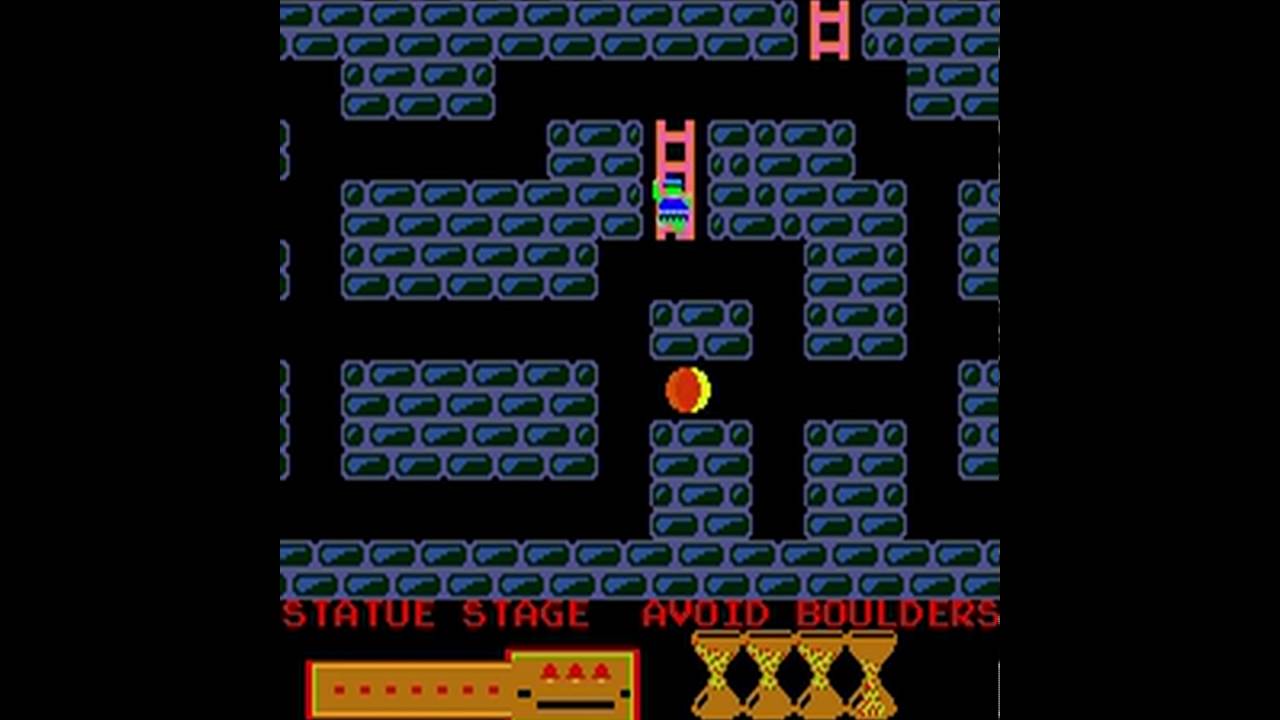
Hero in the Castle of Doom
Arcade / Crown Vending 1984
“Hero in the Castle of Doom” is a classic arcade game developed by Crown Vending in the 1980s. This side-scrolling action game invites players to embark on a heroic quest through a treacherous castle filled with enemies and obstacles. Players control a valiant hero armed with a sword, navigating through various levels to rescue a captive princess and defeat the menacing forces within the Castle of Doom.
Developed during the golden age of arcade gaming, “Hero in the Castle of Doom” emerged from the creative minds at Crown Vending. The game was a product of the intense competition within the arcade industry during this era, with developers striving to create captivating experiences to attract players. The development process likely involved a combination of creative design, programming, and innovative hardware implementation to deliver an engaging gaming experience.
Upon its release, “Hero in the Castle of Doom” garnered positive reviews for its challenging gameplay, vibrant graphics, and immersive sound effects. The game’s success can be attributed to its ability to capture the essence of classic arcade adventures, making it a popular choice among gamers of the time.
While “Hero in the Castle of Doom” may not have direct sequels, it is part of a genre that includes other side-scrolling action games of the same era. Games like “Ghosts ‘n Goblins” and “Golden Axe” share similar gameplay mechanics and thematic elements, creating a nostalgic connection for fans of classic arcade adventures.
As with many vintage arcade games, the rarity of “Hero in the Castle of Doom” contributes to its collector’s appeal. The limited production numbers and the passage of time have made finding a fully functional cabinet a challenge. Consequently, the game has become a sought-after item among collectors, with its value reflecting both its scarcity and nostalgic significance.
“Hero in the Castle of Doom” typically ran on dedicated arcade hardware with custom boards designed for its specific gameplay. The hardware specifications may include a dedicated CPU, sound processing unit, and graphics hardware. For repairs, enthusiasts often need access to schematics, replacement parts, and a deep understanding of vintage arcade hardware. Common components that may require attention include the control panel, monitor, power supply, and wiring, all of which are essential for maintaining or restoring the game to its original condition.


